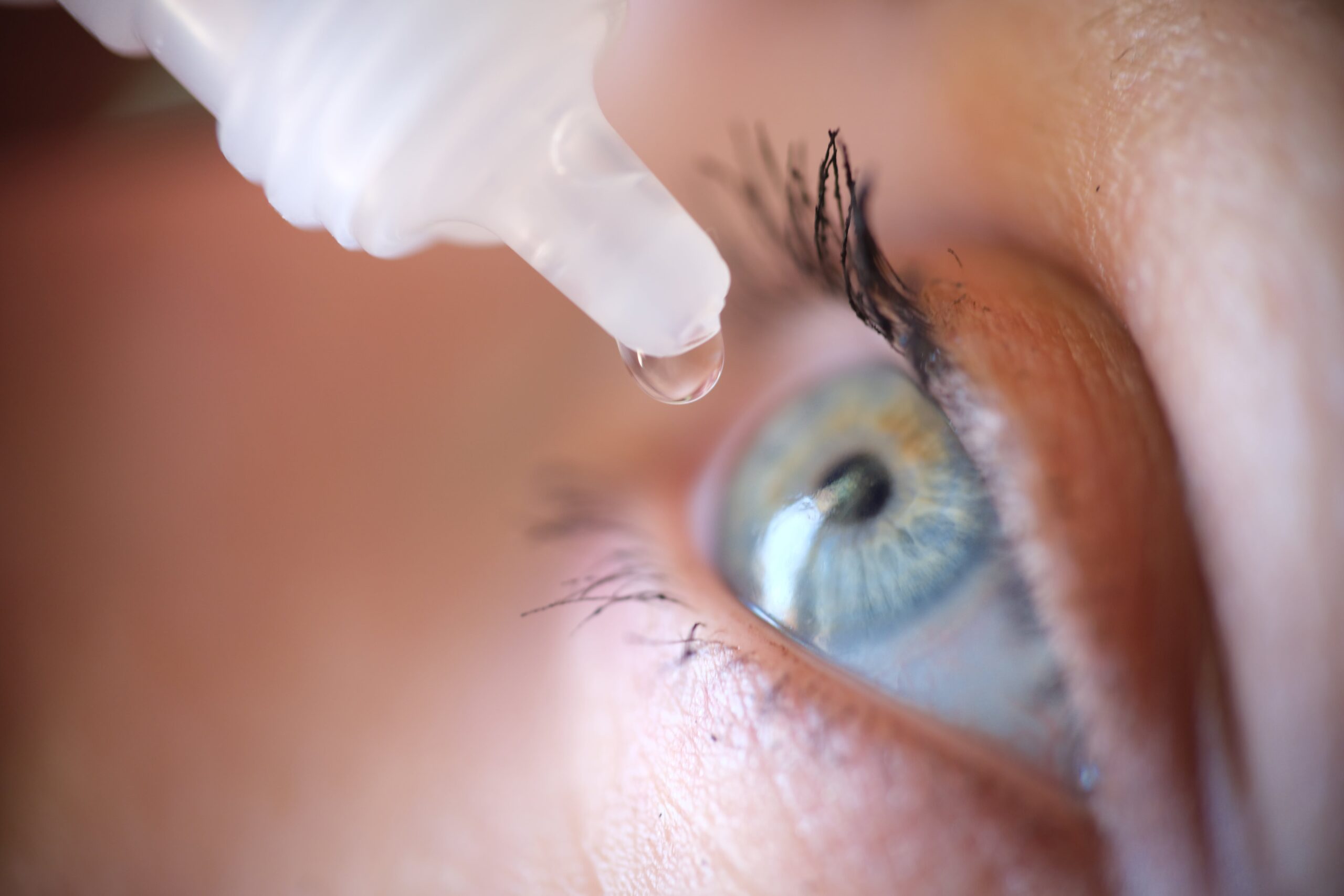
Health News
Features
-
Pop Quiz: How to alleviate mobility issues
Test your knowledge of mobility precautions to help keep your senior loved one active and safe As we age, our ability to move changes as well, going from one extreme to the other. However, we realize how precious our mobility is when seeing an older relative dealing with difficulties in movement. Be part of the…
-
Long-term health: Considering your BMI
The importance of discussing your Body Mass Index with your physician Since 2003, Polk Vision has been bringing together community partners to work toward Polk County’s collective vision. Going a step further, several Polk Vision members are working towards reducing the obesity rate in our communities with our Building a Healthier Polk Initiative. Of course,…
-
Aging gracefully
What will your health look like in 40 years? Medical science has made inroads against major diseases that snuff short our lives. But by the time we reach 45, disease beats out accidents as the leading cause of death. The National Vital Statistics System shows cancer is the leading cause of death for 45 to…
Columns
-
Understanding Abdominal Aortic Aneurysm
An aneurysm is a weakening or dilatation in a part of an artery. About 15,000 people die of ruptured abdominal aortic aneurysm (AAA) every year in the U.S. About 200,000 new cases of AAA are diagnosed every year. Most of these are diagnosed by tests that are done for unrelated reasons. The aorta is the…
-
A Guide to Over-the-Counter Artificial Tears for Dry Eye
by Chelsea Hollier, O.D. Dry eye disease, also known as Keratoconjunctivitis Sicca, is a prevalent condition characterized by insufficient tear production (aqueous deficient dry eye) or poor tear quality (evaporative dry eye). It affects millions worldwide, leading to discomfort and irritation. Fortunately, over-the-counter (OTC) artificial tears provide relief and aid in managing symptoms. Dry eye…
-
3 Options for Thoracic Aortic Aneurysm Management
In the previous two columns, I discussed aneurysms that occur in the aorta situated in the chest cavity. In this article, I will explain the various types of treatment options available for those thoracic aortic aneurysms. In general, outcomes favor endovascular repair over open repair as open repair is associated with higher rates of morbidity…





